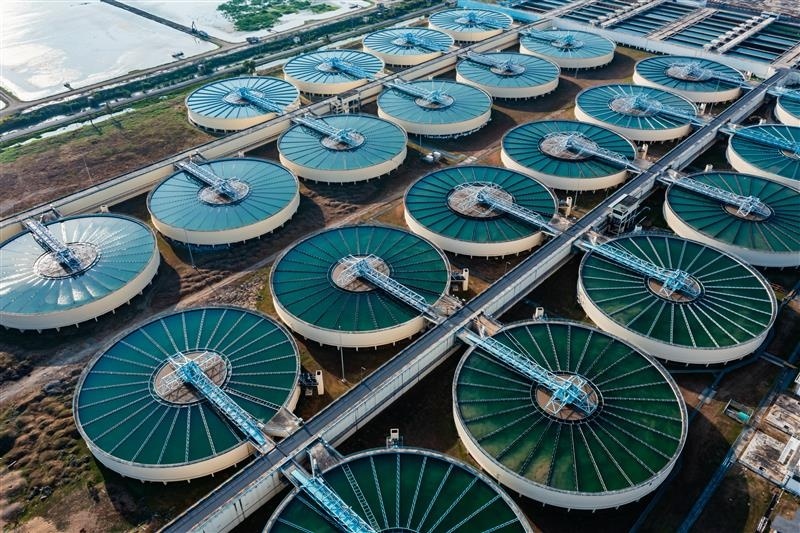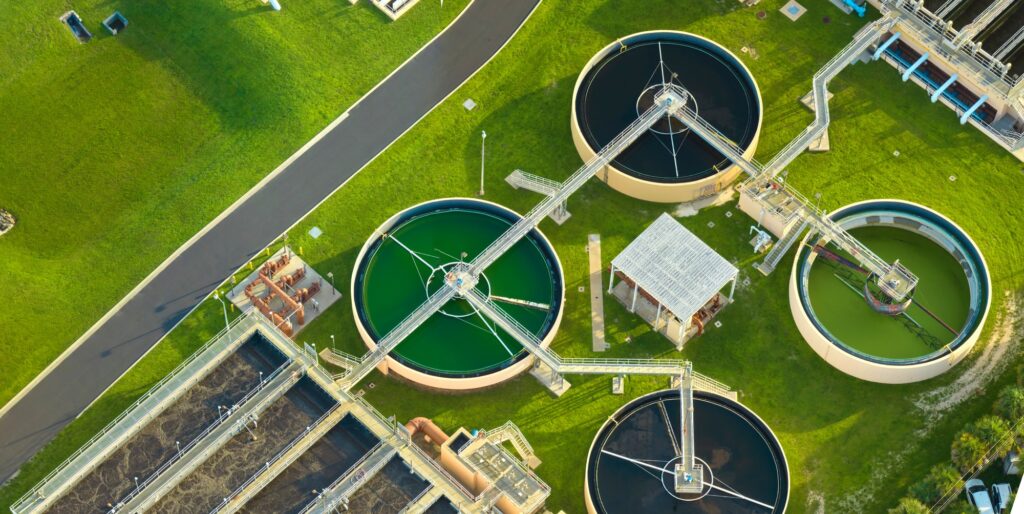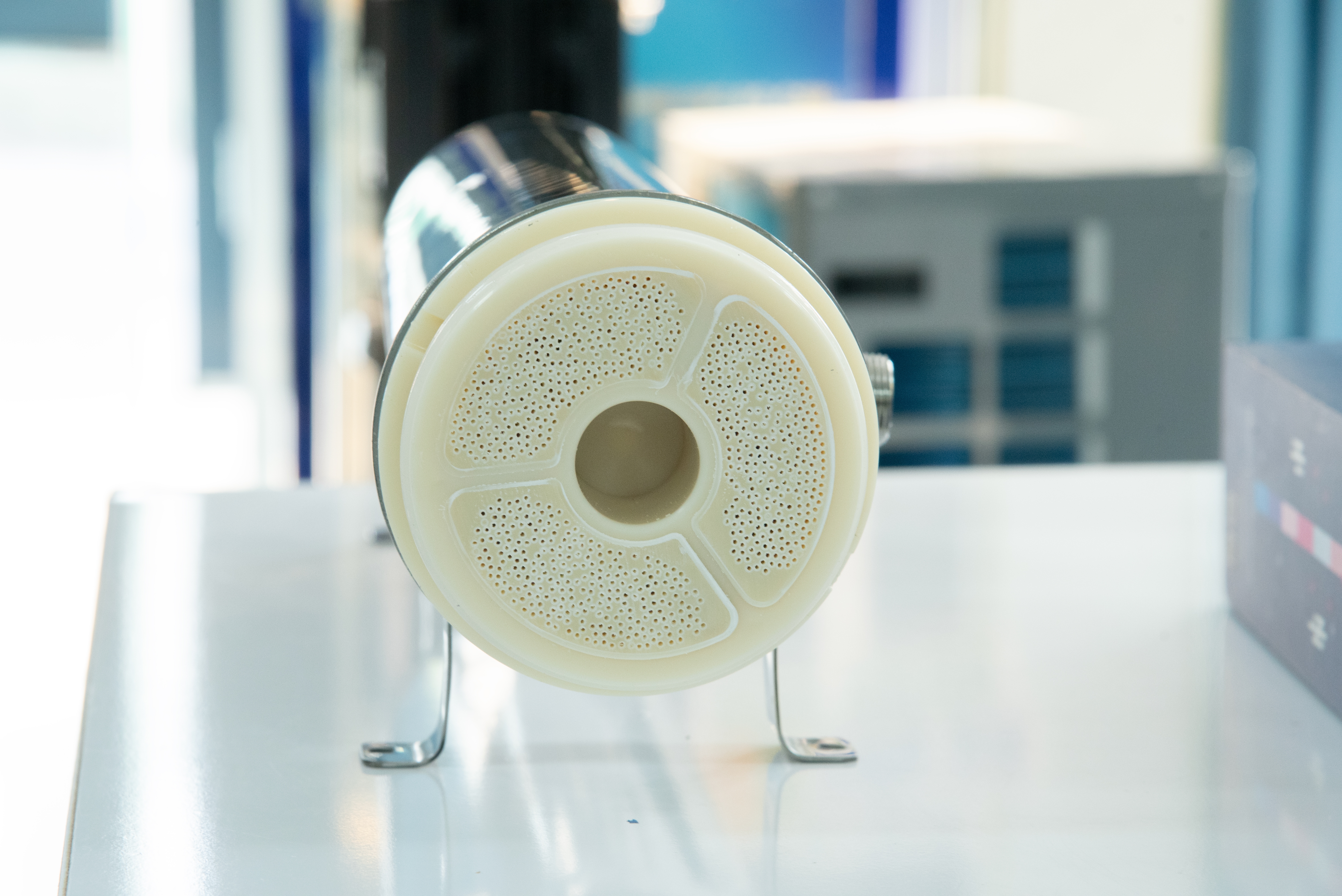Your challenges
In a context of fragile resources, increasing turbidity in surface waters, and growing needs for sanitary security, ultrafiltration addresses several key challenges.

Producing high-quality water from degraded sources
Ultrafiltration is especially suited for turbid or sensitive water sources. It provides a reliable physical barrier against microorganisms and particles—without the use of specific chemicals.
Ensuring water safety and compliance
With proven efficiency (> 6 log for bacteria, > 4 log for viruses), ultrafiltration meets the most stringent health standards for drinking water or high-quality industrial water.
Reducing operational costs
Thanks to polyethersulfone membranes—resistant to bacterial attack and easy to clean—ultrafiltration in dead-end mode allows for optimized operations, with minimal maintenance and long-lasting performance.
Securing downstream processes
Used as a pretreatment before reverse osmosis (e.g., for desalination), ultrafiltration protects finer membranes downstream and improves the overall performance of the treatment line.
How does it work ?
Process
Ultrafiltration uses microporous membranes (1–100 nm) that block viruses, bacteria, and colloids, while allowing water and minerals to pass through.
Integration
The system can be installed in either horizontal or vertical configurations, depending on site constraints, and is suitable for drinking water treatment lines or water reuse projects.

Autonomy
Operating under low pressure, the system does not require specific detergents for cleaning—reducing industrial discharges and simplifying daily operation.
Our positive impact
The use of ultrafiltration improves water quality, secures drinking water supply, and helps reduce the environmental footprint of water treatment facilities.

Enhanced sanitary protection
A well-controlled and reliable barrier treatment, even under high turbidity conditions.
Reduced chemical inputs
Cleaning without specific detergents, minimizing industrial discharge and protecting aquatic ecosystems.
Improved system reliability
By acting as a constant and predictable physical barrier, ultrafiltration stabilizes performance and reduces risks linked to raw water variability.
Versatility across applications
Whether for drinking water, industrial or agricultural reuse, or as a pretreatment for reverse osmosis, ultrafiltration fully supports a circular water management approach.

Key figures
Pore size: 1–100 nm
Effectively filters colloids, macromolecules, viruses, and microorganisms
>99% removal rate
Viruses and bacteria eliminated through physical membrane ultrafiltration
30,000 m³/day
Capacity of the Louvigny plant (Calvados) using ultrafiltration technology
